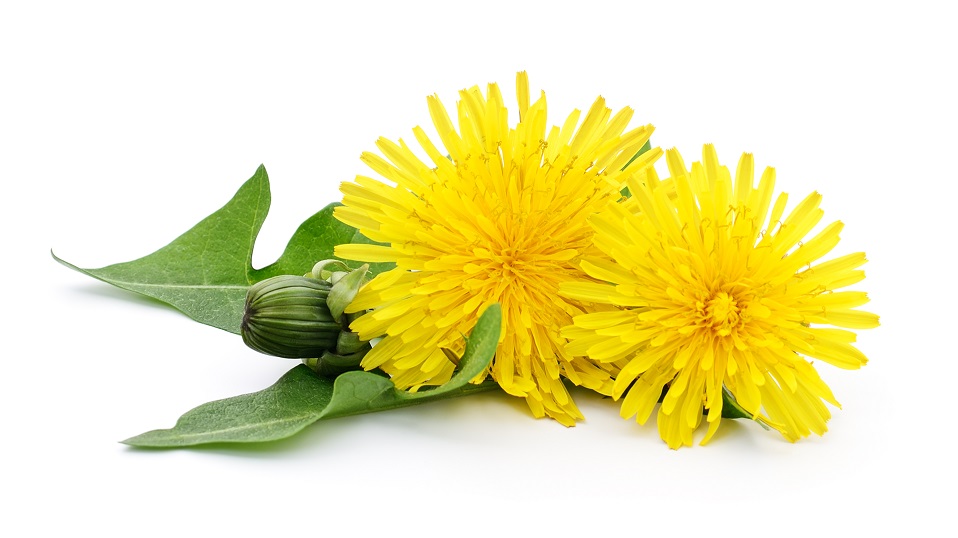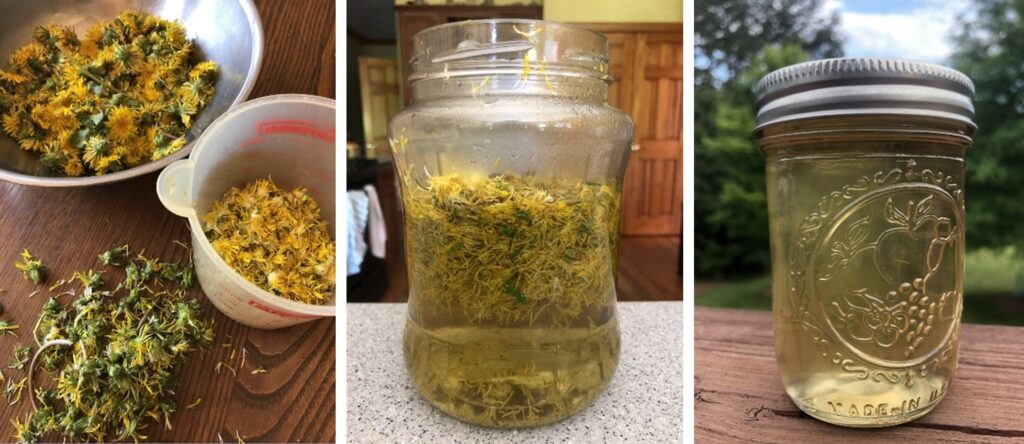April 5th marks National Dandelion Day. Coincidentally, April is also celebrated as Lawn & Garden Month. Many people consider dandelions weeds and wage war on them with lawnmowers. However, when spring is just beginning, and other plants have not yet flowered, dandelions serve as a vital food source for pollinators, particularly bees. This is why you should avoid mowing over them until late May. But dandelions aren’t just important for the bees – they also hold cultural and nutritional value for humans!
Dandelions have been integrated into culinary and medicinal practices for thousands of years. You may be familiar with dandelion root tea or the idea of tossing them into spring salads. According to the Maine Organic Farmers and Gardeners Association, dandelions “have more vitamin A than spinach, more vitamin C than tomatoes, and are a powerhouse of iron, calcium and potassium.”

Despite what they bring to the table (and the medicine cabinet), dandelions quickly lost popularity in the last century or so, when we began prizing pristine green lawns over those with more diversity and natural influences (to great environmental detriment). Ignoring the fact that dandelion roots help aerate and fertilize the soil, we began to spray chemicals on them and eradicate them from our yards. We started calling them “weeds,” a term that is rooted in cultural biases and beliefs.
The good news is that although dandelions may have fallen out of fashion, we always have the power to usher them back into popularity!
Here’s a recipe for dandelion jelly that will inspire everyone who tries it to look at the plant in a new light. Enjoy!

Dandelion Jelly
(makes 6-7 cups)
Ingredients:
- 2 cups dandelion flowers, stems and green leaves removed
- 4 cups boiling water
- 2 tbsp lemon juice
- 1 pouch of powdered pectin
- ¼ – ½ tsp butter (or vegan variety); this keeps the jelly from foaming
- 4 cups sugar
- 7 canning jars, lids, and rims, washed and boiled to sanitize
Instructions:
- Place the dandelion flowers in a large jar and add the boiling water. Allow the tea to cool and then steep for 24-48 hours in the fridge.
- Strain the tea and compost the flowers. It would help if you had 3 ½ to 4 cups of liquid, depending on how much water has evaporated.
- Add the tea to a tall pot over high heat and mix in lemon juice, pectin, and butter. Stir continuously with a wooden spoon, making “S” shapes in the pot.
- Once the mixture starts to boil, add the sugar, continuing to stir.
- When you cannot stir the boil down, keep stirring for about 90 more seconds.
- Pour the jelly into the prepared jars, leaving ¼” room at the top, then seal with lids and rims. For extra sanitary precaution, keep the jars in boiling water until Step 5. Take the lids and rims out after pouring the jelly.
- Turn the jelly jars upside down on a towel for 5 minutes. This helps to create a seal.
- Place the jars in a pot, right side up, cover with water, and boil for 15 minutes. This is called a water bath and helps the jelly set.
- Remove the jars and them in a draft-free place for 24 hours to continue the setting process. The jar lids will “pop” as they cool and seal.
 Food
Food Farmers
Farmers Sustainable Living
Sustainable Living Living Planet
Living Planet News
News